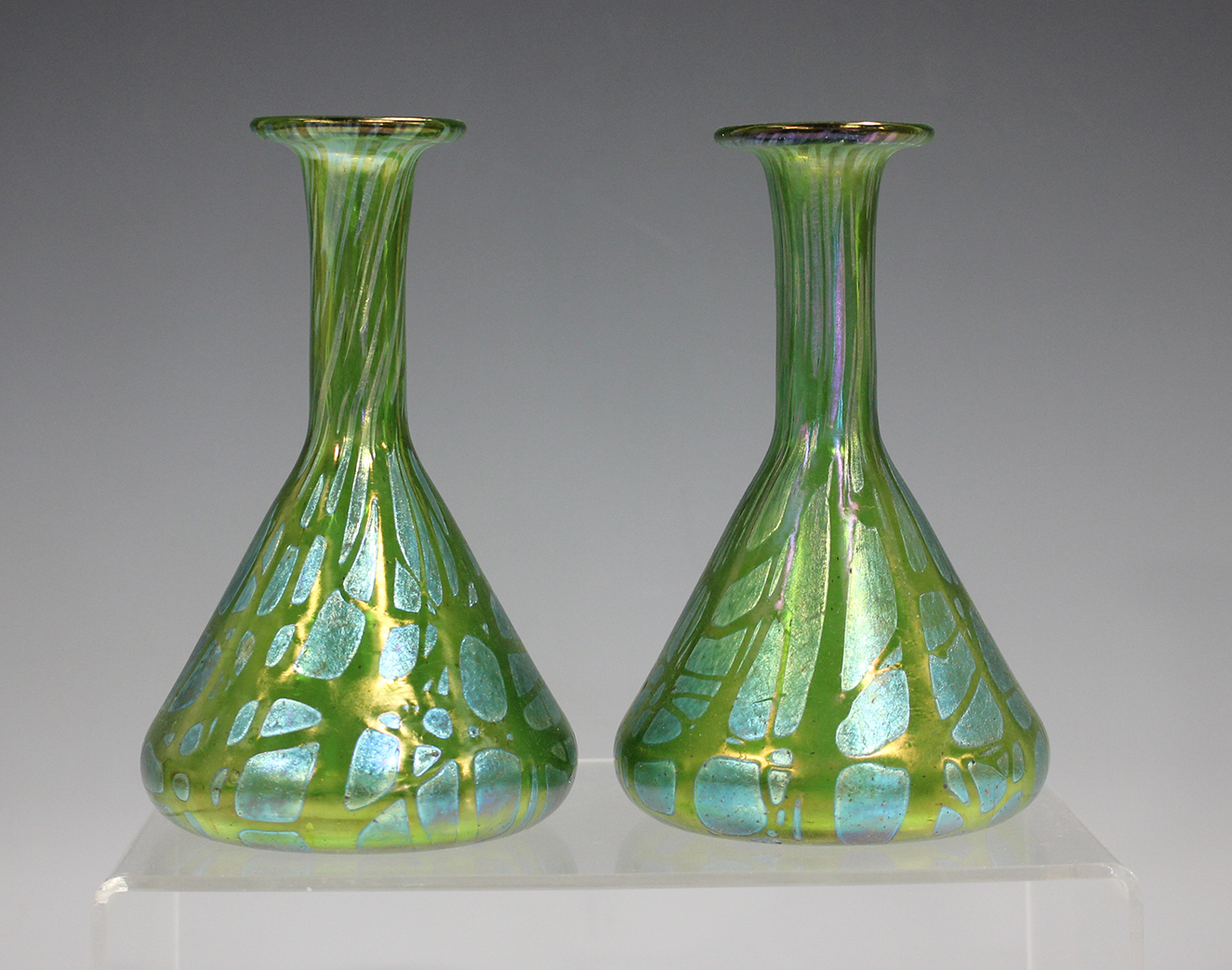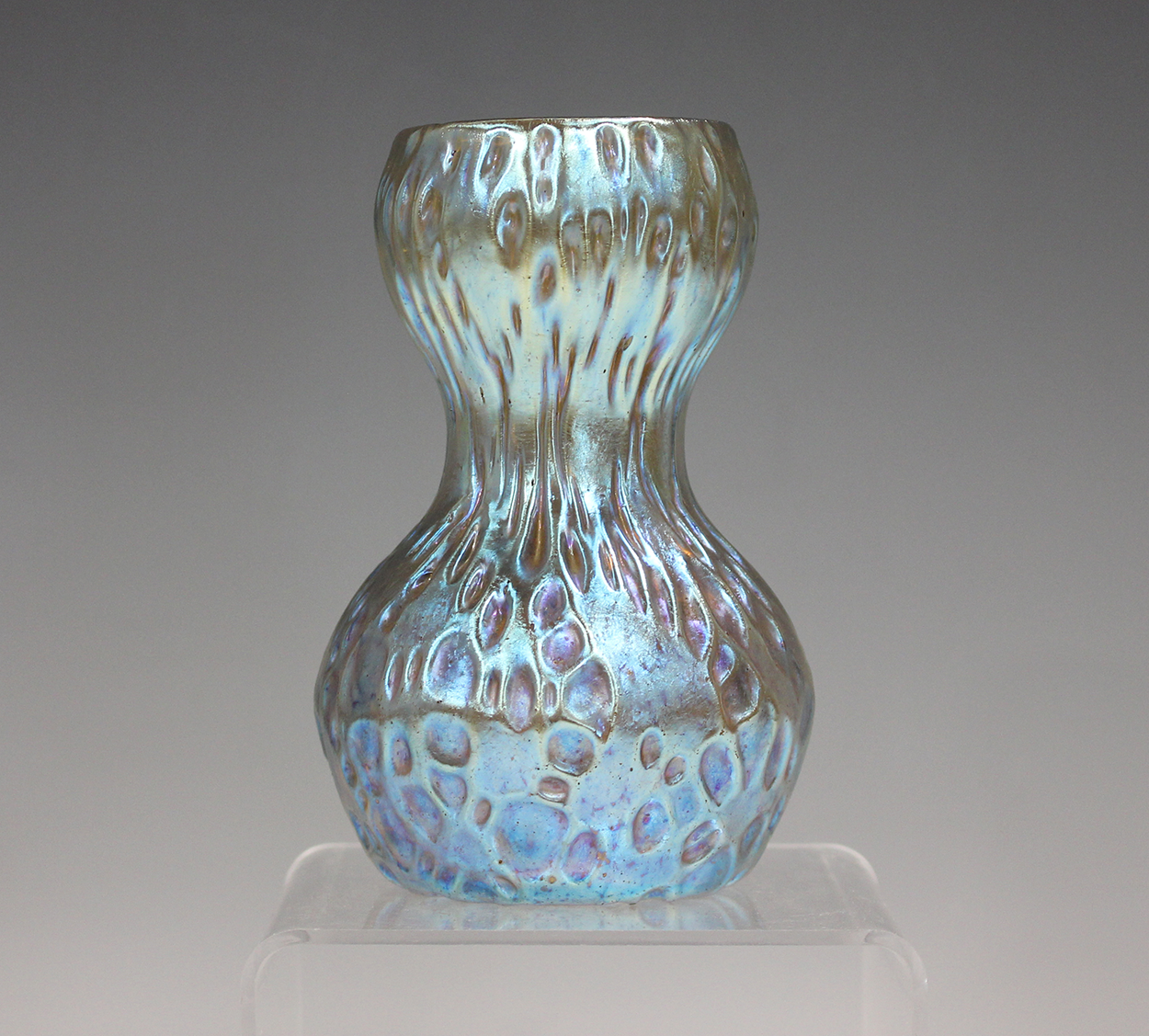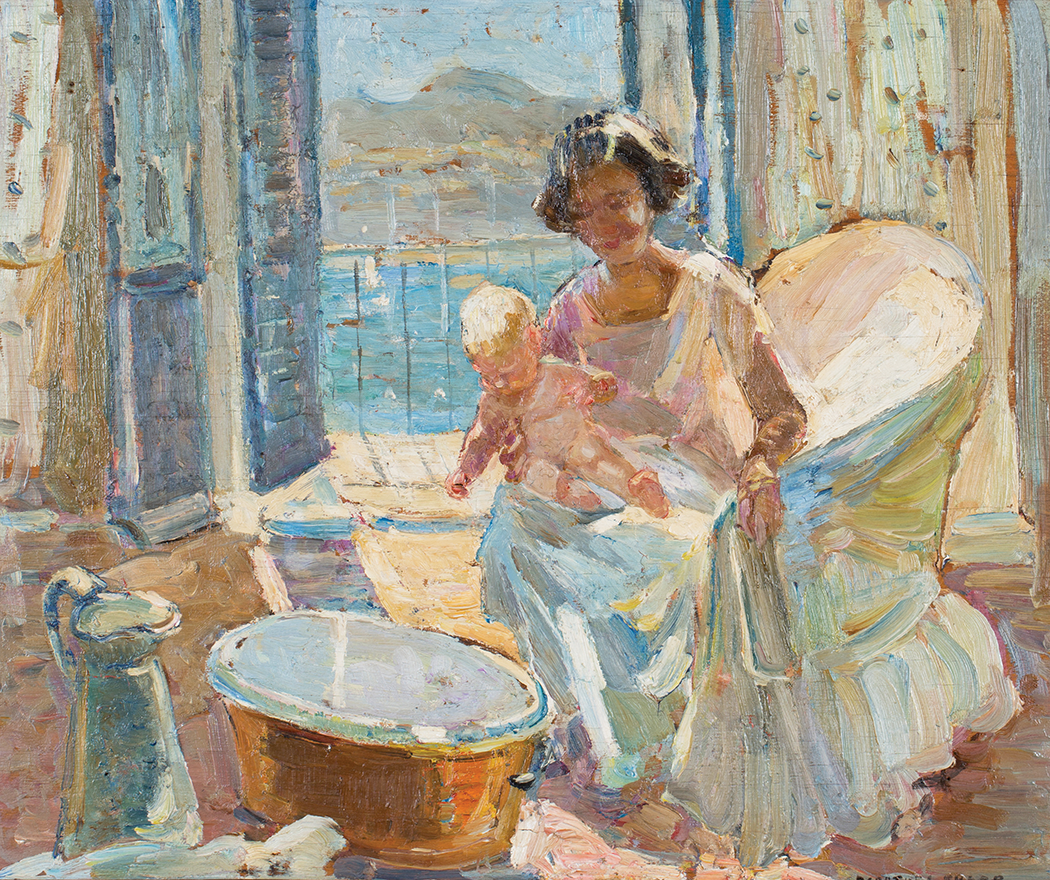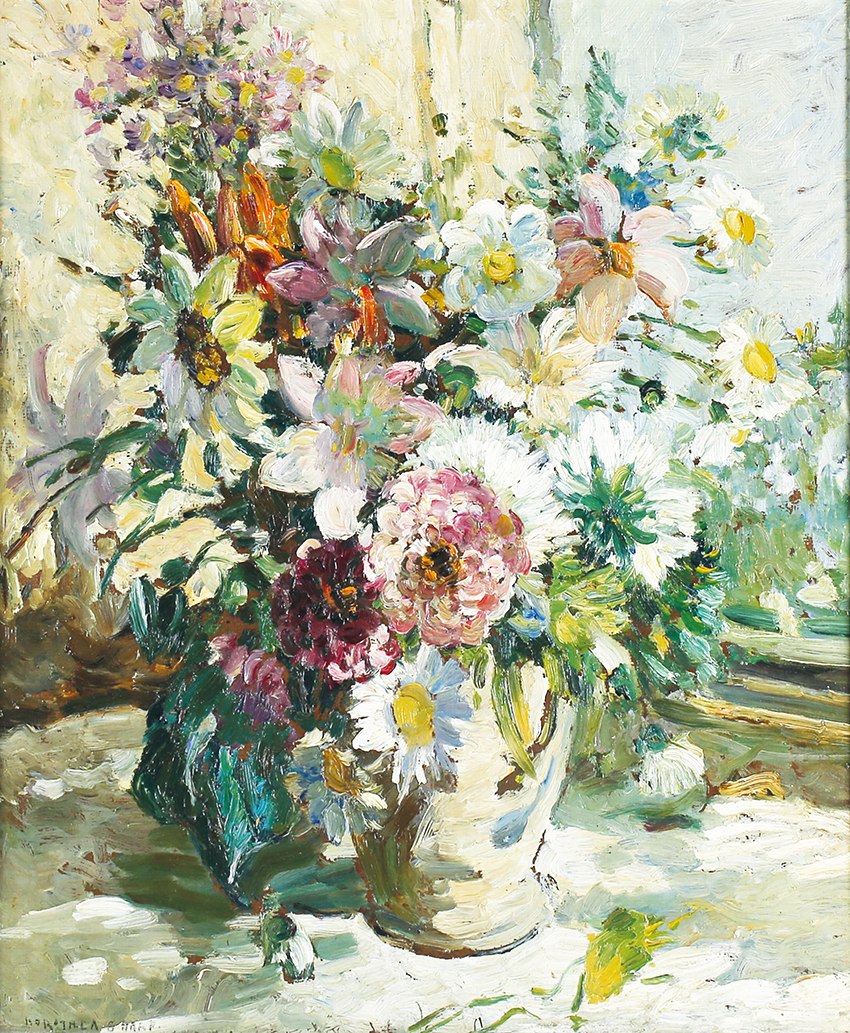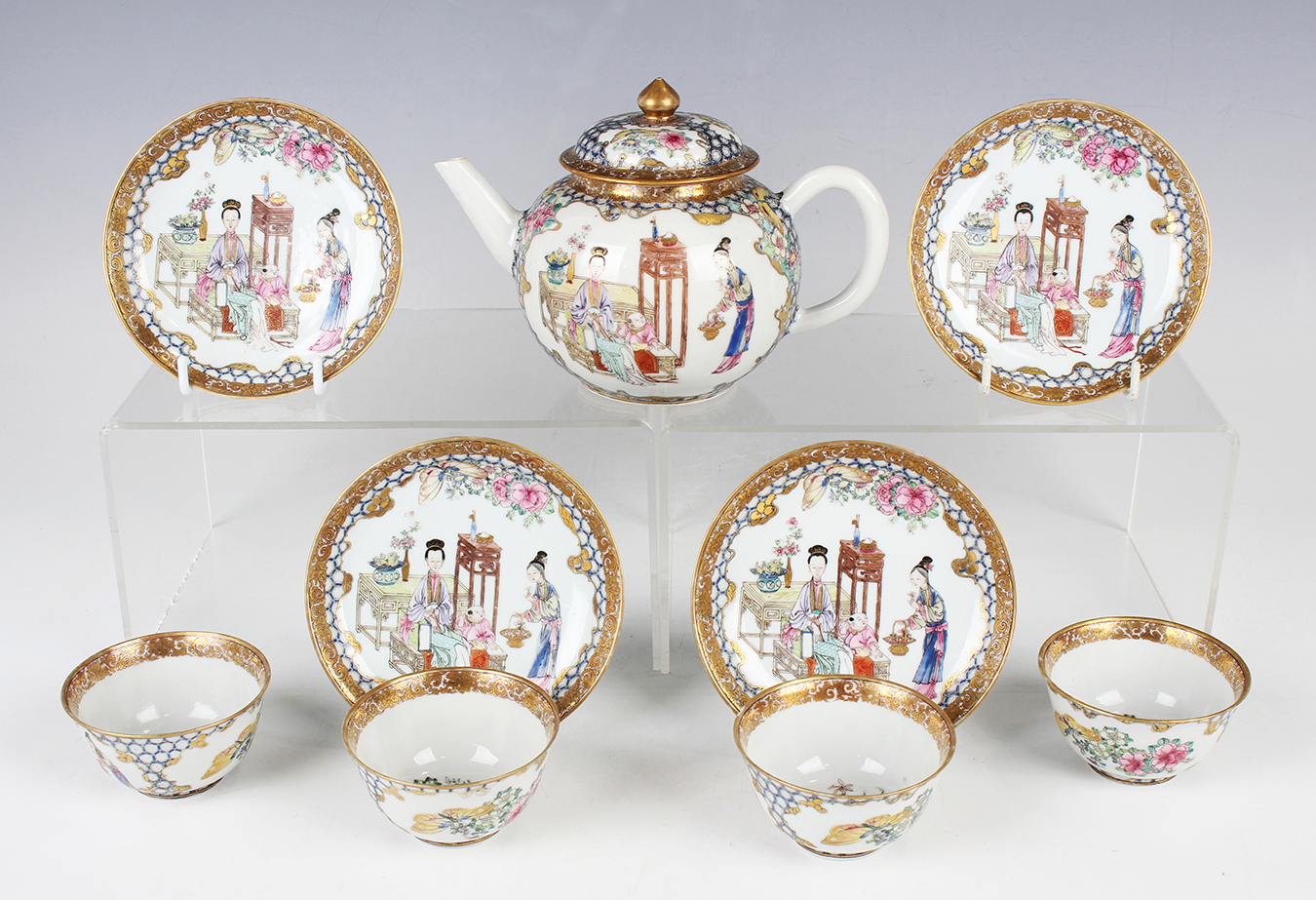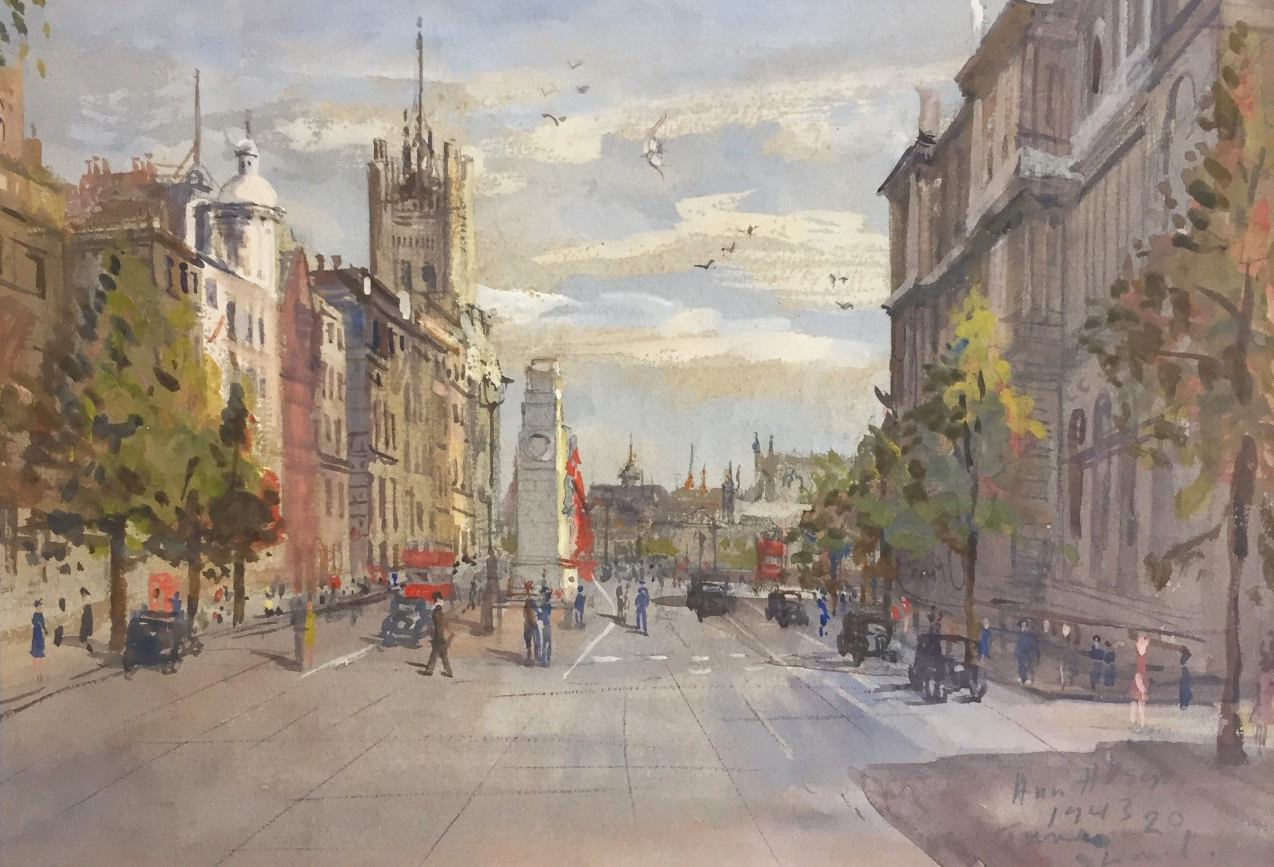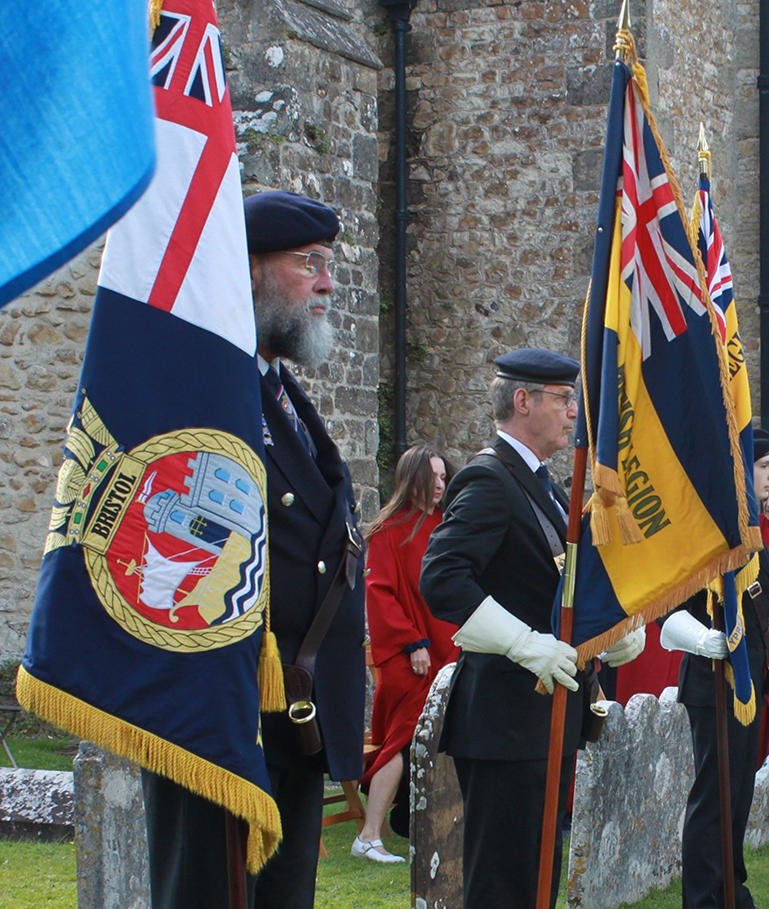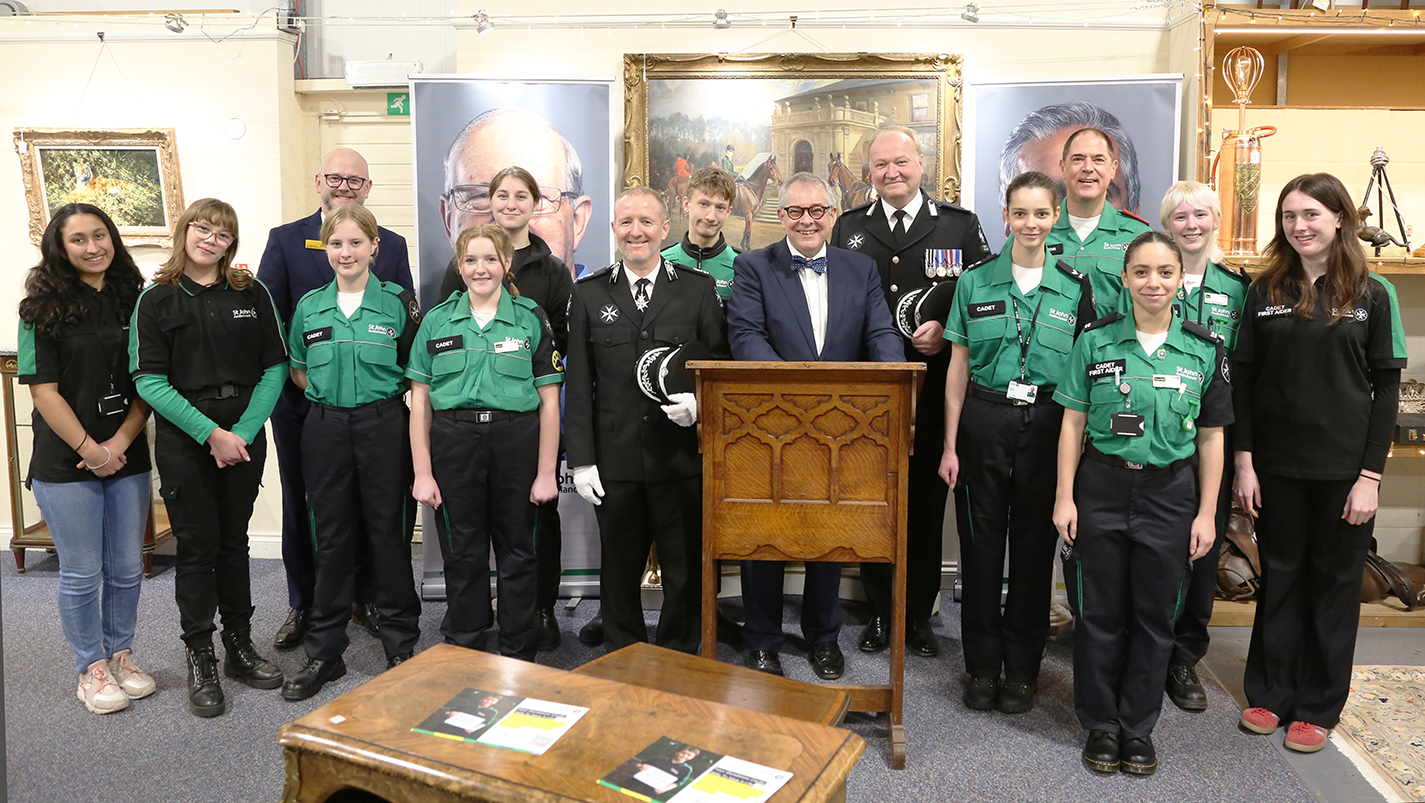
A Christmas charity fund raising party, organised by Toovey’s on behalf of St John Ambulance at their Washington auction rooms, raised some £5500 and donations are still being received. Money was being raised for a new community support vehicle to enable the volunteers to provide first aid and welfare at events across Sussex. With some £39,000 now raised they are more than halfway towards their target of £75,000.
The St John Ambulance Cadets were out in force on the night and were celebrated by all who came. Speaking to them on the evening I was reminded how proud these impressive young people are of their association with St John Ambulance and the remarkable first aid training they receive.
Since its beginnings in 1877 the organisation has sought to save lives and support the communities it serves. The St John Ambulance service and the Jerusalem Eye Hospital charities operate under the auspices of the British royal order of chivalry, The Order of St John.
St John Ambulance provides first aid training not only to its volunteers but also to businesses and other organisations. It is humbling to reflect that it is older than the NHS who it works with as well as other healthcare partners. When Covid-19 broke out St John Ambulance worked with the NHS providing care and vaccination support.
St John Ambulance offer healthcare support to the homeless and vulnerably housed communities in Brighton and Hastings through drop-in clinics at static locations and their mobile treatment centres. They also support and celebrate organ donors’ families.
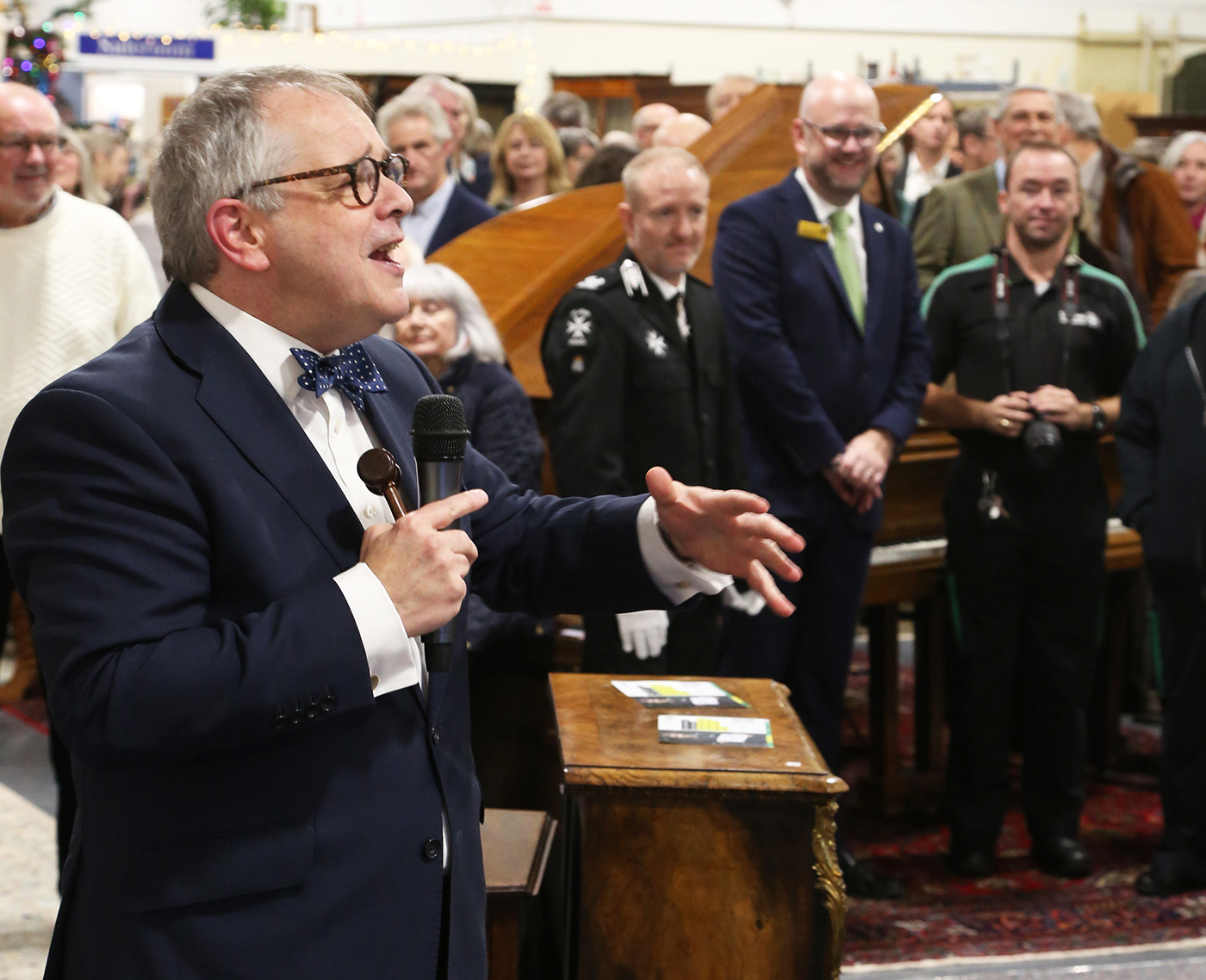
Alongside these more recent developments St John Ambulance continues to be dedicated to the teaching and practice of medical first aid and the provision of ambulance services through volunteer units rooted in their local communities. The ambulances and community support vehicles are fitted out with up to date equipment so that the volunteers can provide care wherever they are and wherever people are in need.
As a former chaplain to St John Ambulance here in Sussex it was my privilege to witness their extraordinary contribution to our communities across the county.
The gifts of service to others is richly apparent in the work of the volunteers and staff at St John Ambulance here in Sussex. There is much to celebrate in their work and they need our support. If you would like to contribute to their much needed community support vehicle go to www.justgiving.com/page/tooveys-forsja-1701168656267.
